I got back from Japan about a month ago, and in that time I’ve had lots of people ask me for tips on places to go and things to do. Turns out Japan is very popular as a tourist destination right now! Who could have imagined the weak Yen would do this.
Anyway, I thought I’d write a big old list of all my tips and suggestions and put it on here.
General travel stuff
Transport
Public transport in Japan is incredible - it’s fast, relatively cheap, quiet and reliable, everything trains in the UK are not.
You’re going to want to make sure you have an IC Card. These are contactless cards that you top up with cash or a credit card, and they’re used for pretty much all transportation - and you can pay for things in shops and vending machines with them which is neat. Each city or area has their own - mine is Manaca because I got it in Nagoya - but they’re all compatible with one another.
If you want to be super prepared and don’t mind not having the physical card (I think they’re cute, personally) you can get a Suica or Pasmo card on Apple Pay before you head out. Have a look in the Apple Wallet app. I’m sure there’s a Google equivalent too!
If you’re travelling with luggage, pretty much every station has coin lockers, though in the bigger cities they’re often full - it’s worth checking if the station also has a baggage room, which isn’t much more expensive.
Trains
Trains run regularly and you can just use your IC Card for most of them. The exception is “Limited” trains - you might see “Limited Express” on a sign - in which case you need to pre-book a seat. I never bothered with these; we never really had an issue getting seats on trains in Japan.
There are different speeds, too - Express, Local, Commuter Express and so on. You’ll usually just get the fastest one that stops at the stop you need. I used Apple Maps a lot for transit in Japan, it’s really good for train times and platforms.
Do note that on trains in Japan it’s generally considered rude to eat, talk loudly or talk on the phone, which is objectively correct.
Buses
Buses are a great way to get about and I really enjoyed some of our bus journeys outside the cities. You get a lot more of the local flavour that way, I think.
You need to tap on and off buses in Japan, rather than in the UK where it’s a flat fee. You get on at the rear door, tap the IC Card there, then when you’re getting off tap next to the driver. You can pay with cash too if you have exact change but to be honest I couldn’t get my head around the fare system so it’s easier not to.
Shinkansen
The Shinkansen is the bullet train, and it’s amazing. It’s super fast and comfy and fairly affordable for what it is.
You’ll probably want to book Shinkansen tickets separately - it’s possible to hook up your IC Card to a credit card but it’s probably more effort than it’s worth. There are different speeds, with Nozomi being the fastest, so make sure you get the right one. I think the easiest way to buy tickets is at the machines in stations, as they have an English setting and will walk you through all the different options and available seats.
Train tickets and seat reservation tickets will be separate bits of paper, and you’ll need both. If you’re travelling with big luggage (big enough to not go in an overhead rack, basically) then you’ll need a special seat. Unfortunately there are only four of these in each car, so some busy trains might not have any available.
Taxis
We didn’t get any taxis in Japan but do be aware they are very expensive. Plan your route home so you can avoid needing them!
Language
I’ve been learning Japanese for a little while so being in Japan was a wonderful opportunity to practice. Even if you have only a little bit of Japanese, like me, folks will really appreciate the effort. If you’re used to European countries where any attempt at the language is met with a dirty look and an immediate switch to English, don’t worry, it’s not like that.
If you want to learn a little Japanese before you go, my strongest recommendation would actually be to learn Katakana, one of the phonetic scripts used (mostly) to write loan-words. If you know Katakana you can actually read an awful lot of the signage around Japan, which is super useful.
Tofugu have a really great mnemonics chart for learning Katakana which I love.
Otherwise, Google Translate works fairly well, and speaking into a phone to translate is still, in my opinion, less rude than talking loudly and slowly in English at people.
Money
Japan is essentially a cash-only country - I knew card and contactless payment were less popular before I went out but didn’t quite clock the extent of it. You must carry cash if you want to be able to do pretty much anything - some places will take IC Card, or Apple Pay if you’re very lucky, but for the most part you’re paying for everything with cash.
There are ATMs in every conbini, though some charge different fees. I found the ones in 7-Elevens to be the cheapest (and 7-Eleven has the best taiyaki too).
When buying things in shops, it’s conventional to put cash on a little tray that’ll be on the counter - handing someone money directly is not really done. I’m not sure it’s considered rude, exactly, as cashiers will then often hand change back to you directly, but it’s something to keep in mind as I definitely mixed this up and caused brief bafflement.
Places
Nagoya
I didn’t know much about Nagoya before we went, so I confess it wasn’t the place I was most excited about. Nagoya is lovely, it turns out. It proved to be the perfect gentle introduction to Japan as it’s comparatively quiet.
We were there for the F1, so didn’t spend a huge amount of time in the city, but we did eat a lot of great food. Nagoya has a couple of dishes it’s famous for and you must try them.
Hitsumabushi is eel served with rice, and it’s delicious. Atsuta Horaiken claims to have invented it so try there if you have time, but we went to Inou Hitsumabushi and it was wonderful.

Miso katsu is miso pork cutlet. Chicken katsu curry is very popular in the
UK so I was surprised to learn it’s not really a thing in Japan - tonkatsu
(pork) is the norm, and miso katsu is what happens when tonkatsu was a very good
pig in its lifetime.
This is the Nagoya dish and appropriately there’s a whole chain for it called
Misokatsu Yabaton. You might have
to queue but it’s so worth it.
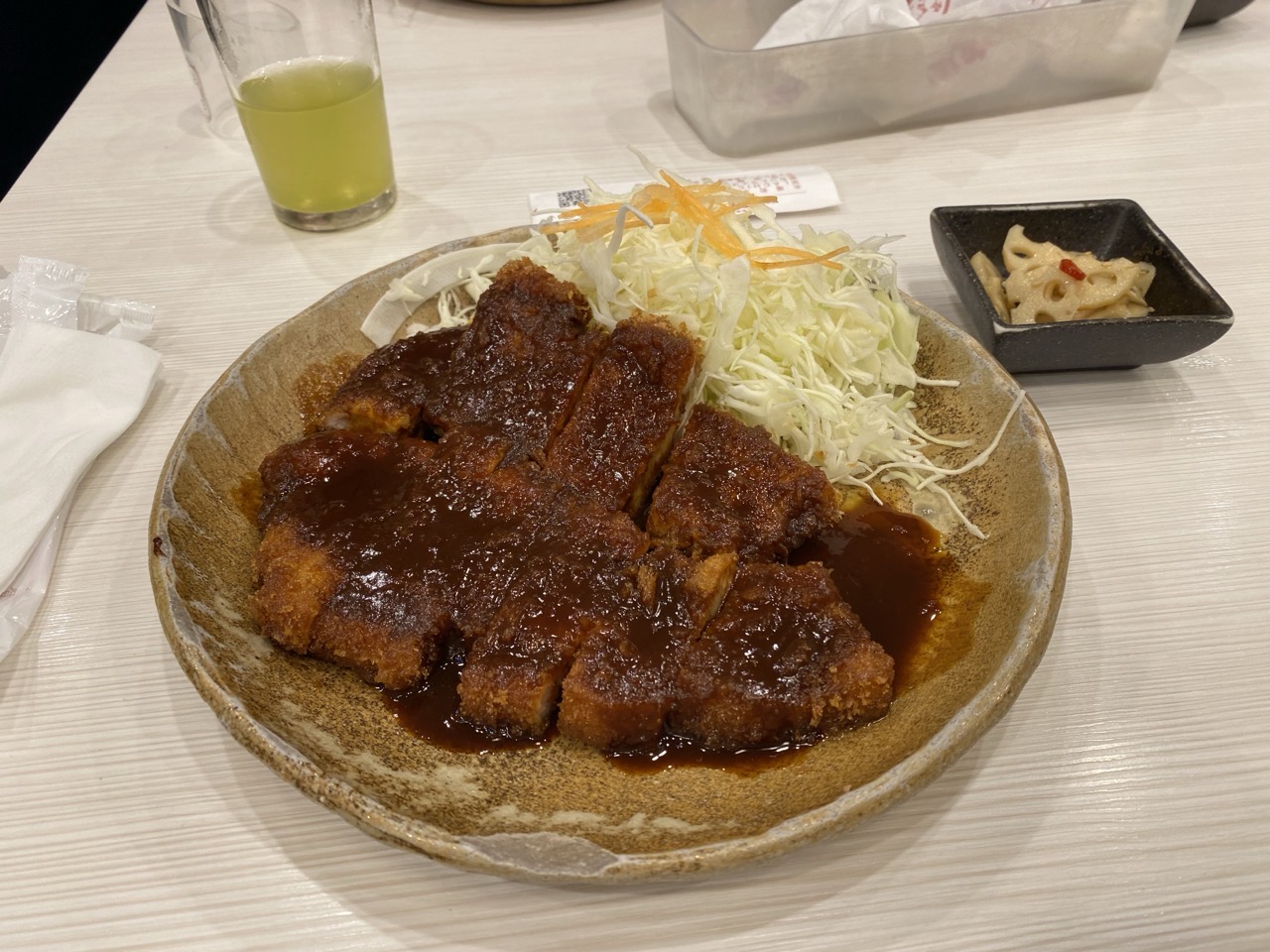
Hiroshima prefecture
We didn’t go to Hiroshima itself, but if you’re in the area I cannot strongly recommend Tadanoumi and Okunoshima enough.
Tadanoumi is a port town, and it was a wonderful way to experience a bit more of what small-town life in Japan is like. We had dinner at Okonomiyaki Fuji, where the food was delicious and the owner was so lovely; it was the first place my Japanese got a real workout, and where I felt like I got to meet some locals who weren’t so used to tourists.
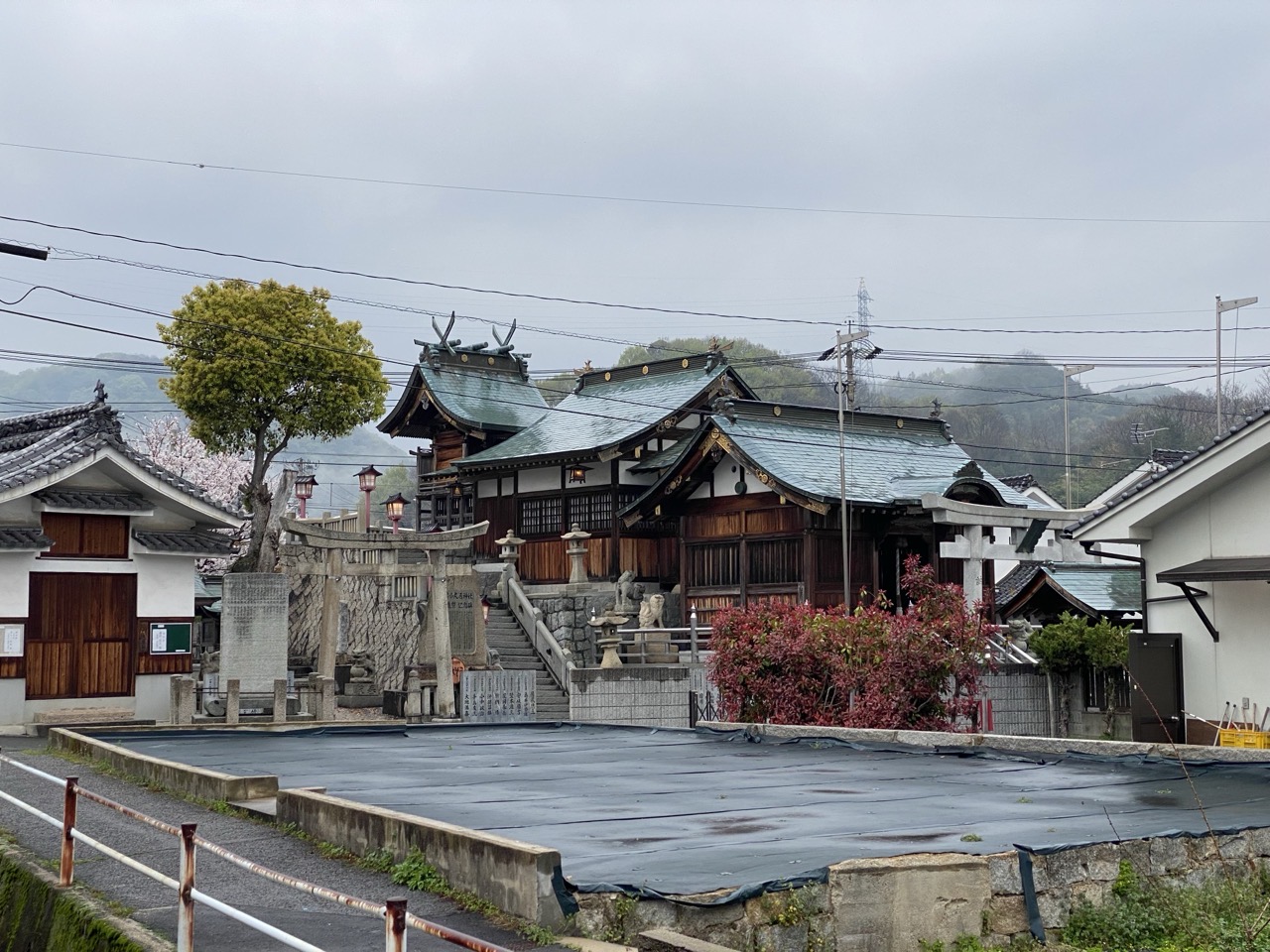
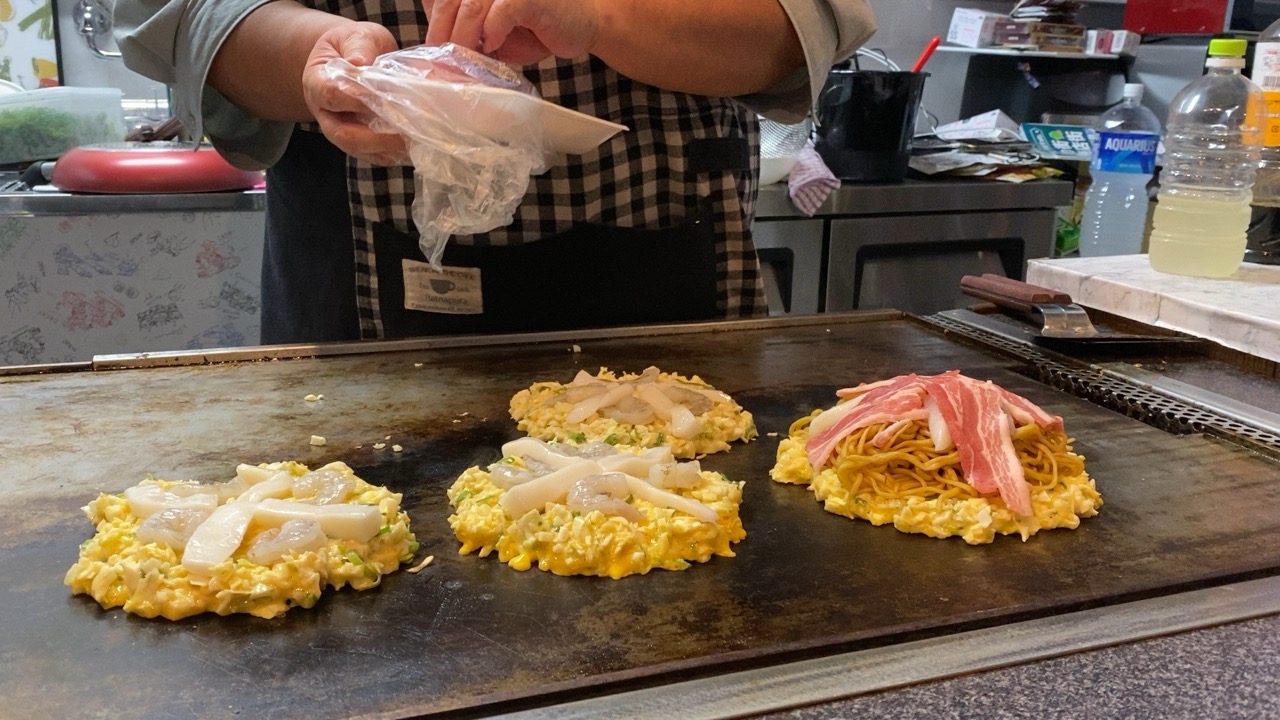
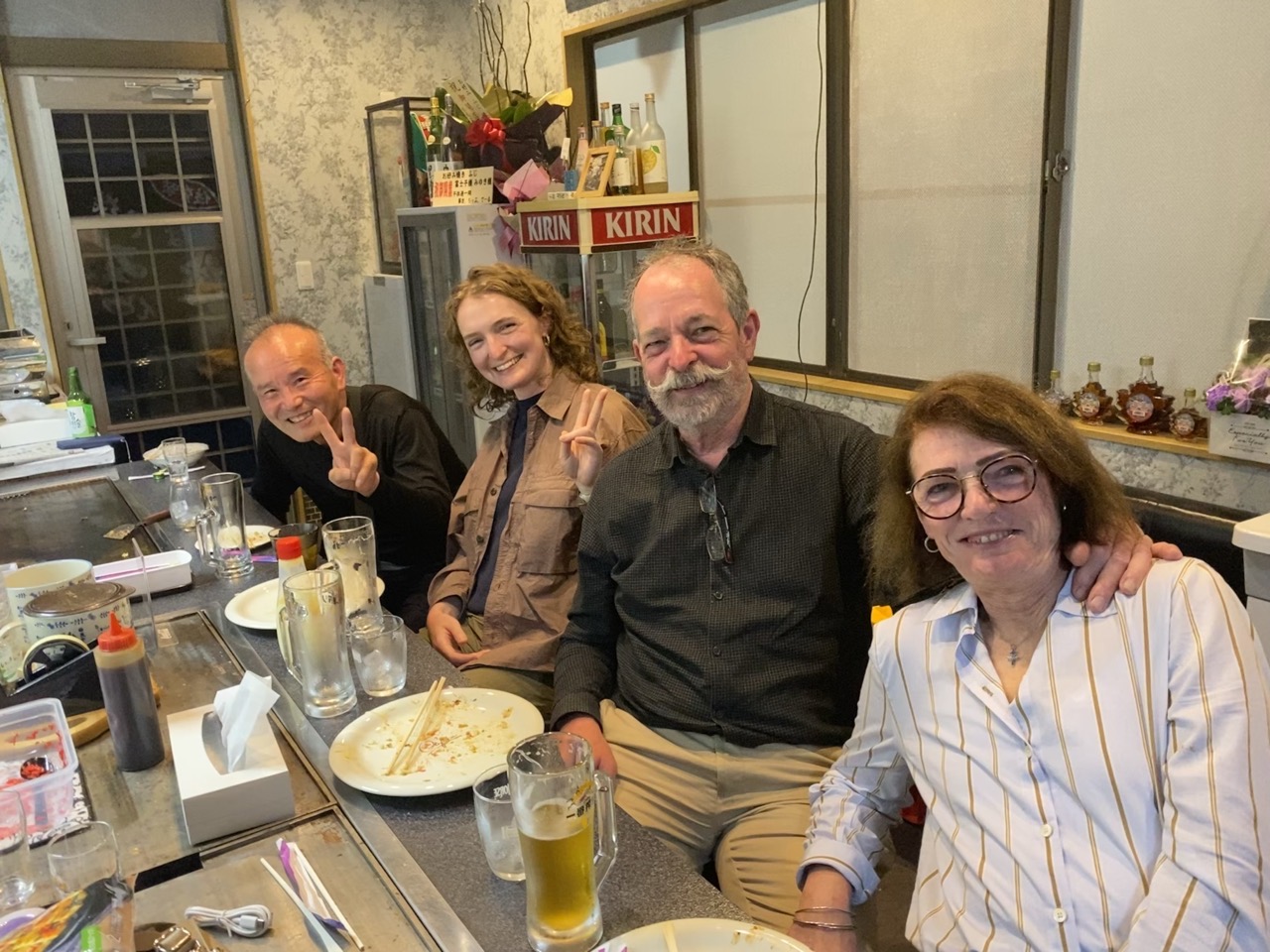
The other big reason to visit Tadanoumi is that is hosts the ferry port to Okunoshima, the Rabbit Island. This is an island with a population of hundreds of very tame wild rabbits. It’s incredible, and the island is so beautiful.
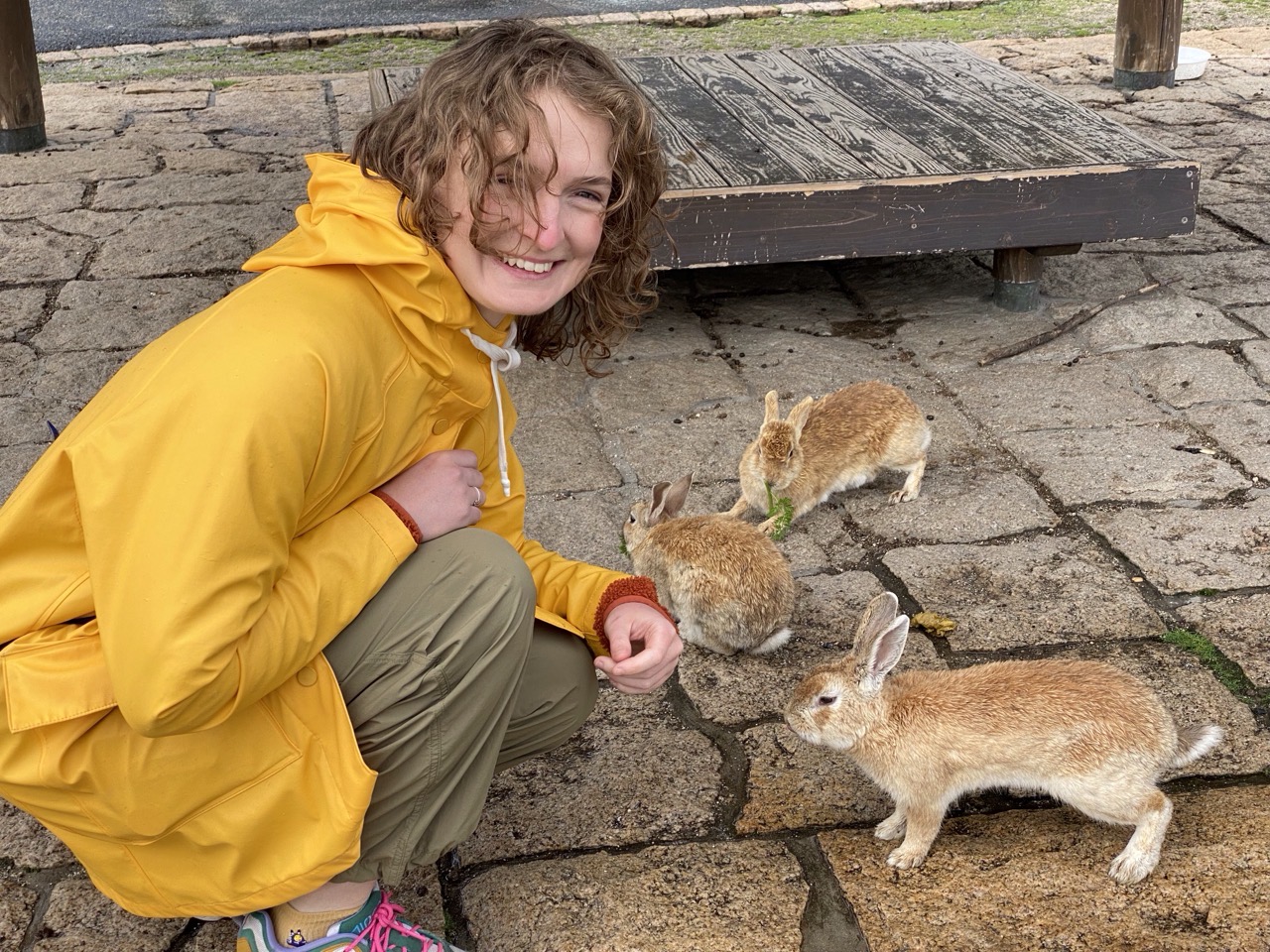
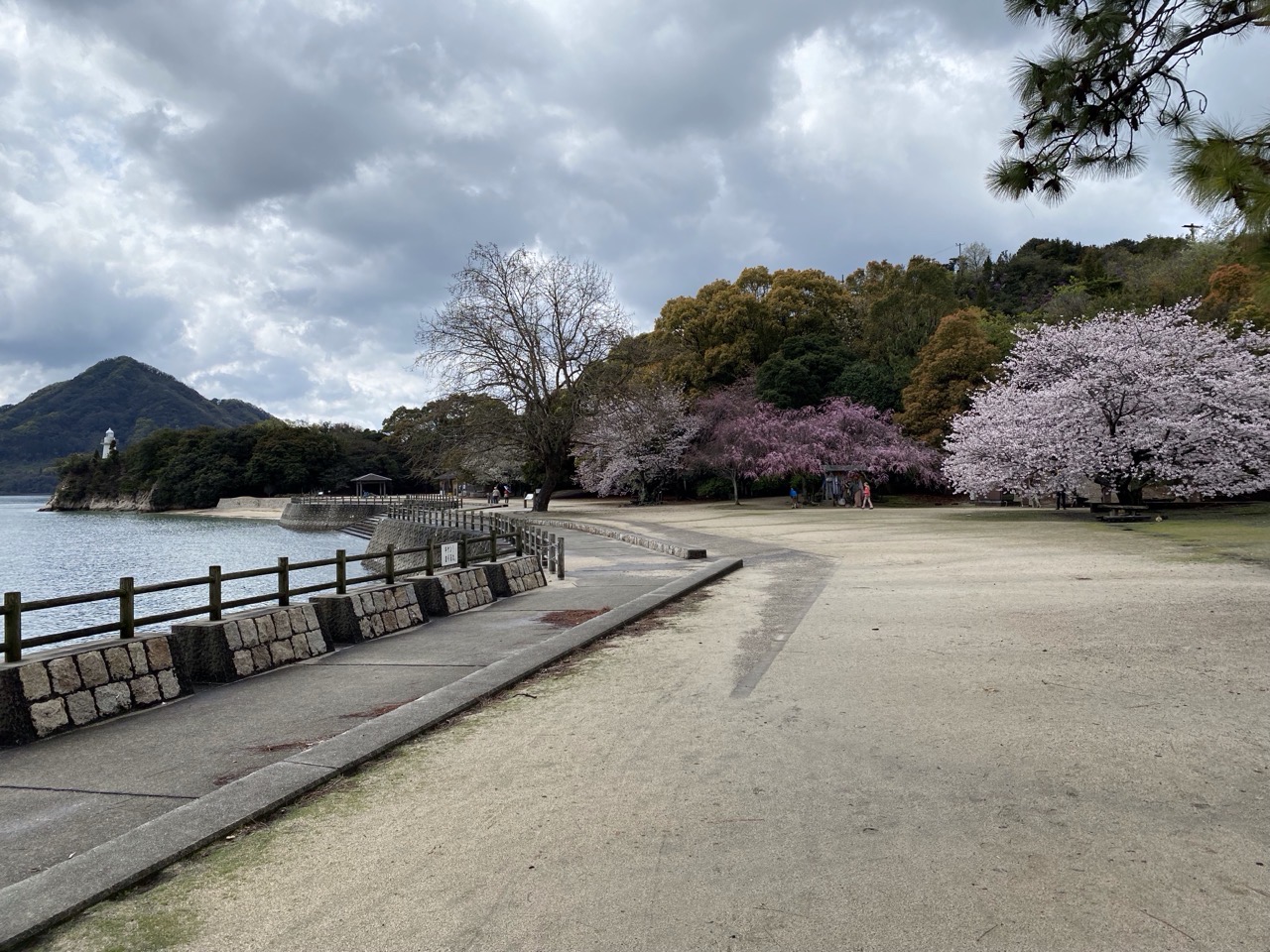
The ferry over is very cheap, and there’s a little cafe at the hotel on the island if you want to get lunch there.
We stayed the night in Tadanoumi and went to the island the next day, and then on to Osaka in the evening, but I imagine it would be pretty easy to do as a day trip out of Hiroshima.
Osaka
Osaka’s famous for food, and this is justified. We ate extremely well here.
On the first night we had Yakitori at uto. This is right by Shinsekai Market which features the Tsutenkaku tower - it doesn’t cost much to go up and you get a pretty incredible view across the city. There is also a slide I regret not going on.
You’re definitely going to want to visit Dotenbori, and we found a couple of really good food places round there:
- Okonomiyaki at Chibo - it’s touristy and you’ll have to queue but it’s worth it.
- Soba at Akari Soba - I had the duck one, it’s excellent. They do some local sakes too.
We also had shabu-shabu, which I honestly found to be a bit tourist-baity and quite underwhelming, but it was good fun so give that a look if you think you’d enjoy it.
In addition, Dotenbori is just packed with street food stalls selling takoyaki or karaage, both of which are divine.
If you’re a fan of sweet breakfast, there are loads of places doing the Japanese souffle-style pancakes, we enjoyed Elk and Matsutake. The latter is right by Super Potato, a retro games store, which was one of my personal highlights.
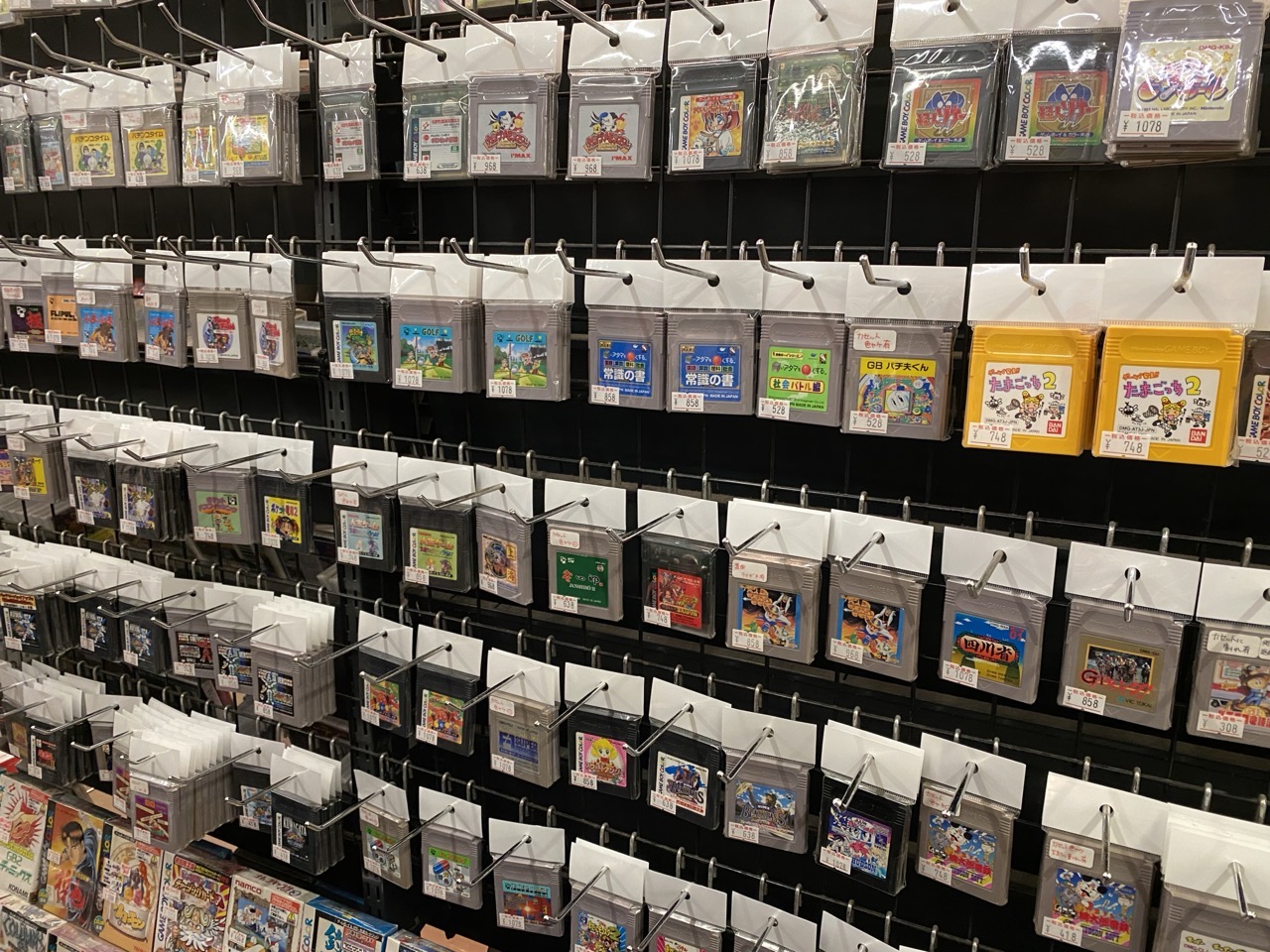
Osaka Castle is also well worth a visit! If you decide to go up, don’t make the same mistake we did - start and the top and work your way down, that way the narrative of the exhibits will actually make sense.
We also loved Round One, an arcade with something like nine floors. A lot of the games are quite hard to parse if you’re a beginner or your Japanese isn’t good, but they’ve got Taiko no Tatsujin and two whole floors of UFO machines. I won nothing.

Nara
We did Nara as a day trip out of Osaka, but it’s quick to get to from most places and it’s absolutely stunning, perhaps my favourite day of the whole trip. Get some senbei for the deer and do the walk up to the shrines, you’ll have a wonderful time.
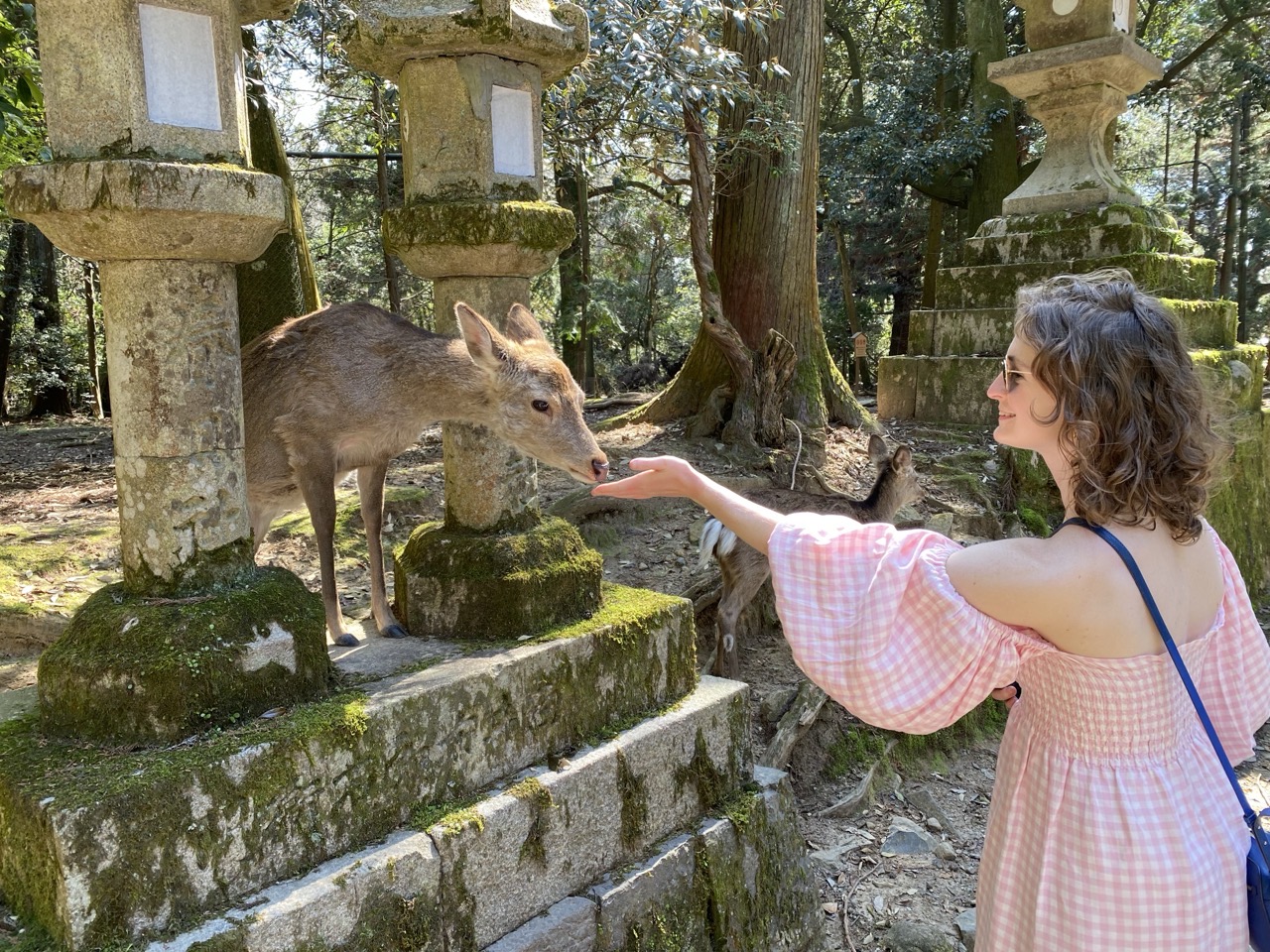
Kyoto
We only did a couple of days in Kyoto as we were sort of warned off it due to how busy it gets, but to be honest I could have done another couple of days.
The first place we went was Higashi Hongan-ji temple, which I absolutely loved. I found it deeply peaceful. It’s also one of the largest wooden buildings in the world.
That same day, we had the best ramen of my life at a place nearby called Honke Daiichi-Asahi. You’ll have to queue, like all the best places in Japan, but it’s worth it. Both these places are really near Kyoto station too.

We stayed two nights outside Kyoto, in a ryokan (traditional inn) in Ohara, with an onsen (natural hot spring) - it’s pretty affordable and really lovely.
On our second day in Kyoto we went to Kiyomizu-dera and Fushimi Inari, both of which I’d call must-sees. The latter gets very busy but the higher up the mountain you go the fewer people there are.

On our last day, we walked along the Philosopher’s Path and had lunch at a cafe run by an elderly couple named Rorian.
We also went to Nishiki Market which is home to a very famous knife shop called Aritsugu.
Tokyo
Tokyo was our last stop, we spent about a week there. I expected to find it too urban, too overwhelming, too big, but I actually ended up loving it. It’s huge but somehow manages to feel spacious in a way London never has.
We had lots of amazing food in Tokyo, so here are some highlights.
- I’d heard that Japan had a great burger culture, so we finally tried one at J.S. Burgers Cafe in Shinjuku. I had one called The Deep, which sounds like the stage name of a terrible spoken word artist but was, in fact, an incredible burger.
- We got sushi and sashimi a few times. My advice would be to just go wherever,
as even the cheapest sushi in Japan is going to be better than most places in
the UK. The best I had was at Tsukiji Fish Market, though be warned that the
actual fish market is now elsewhere and Tsukiji is now a slightly expensive
tourist trap (it’s still great though, honestly).
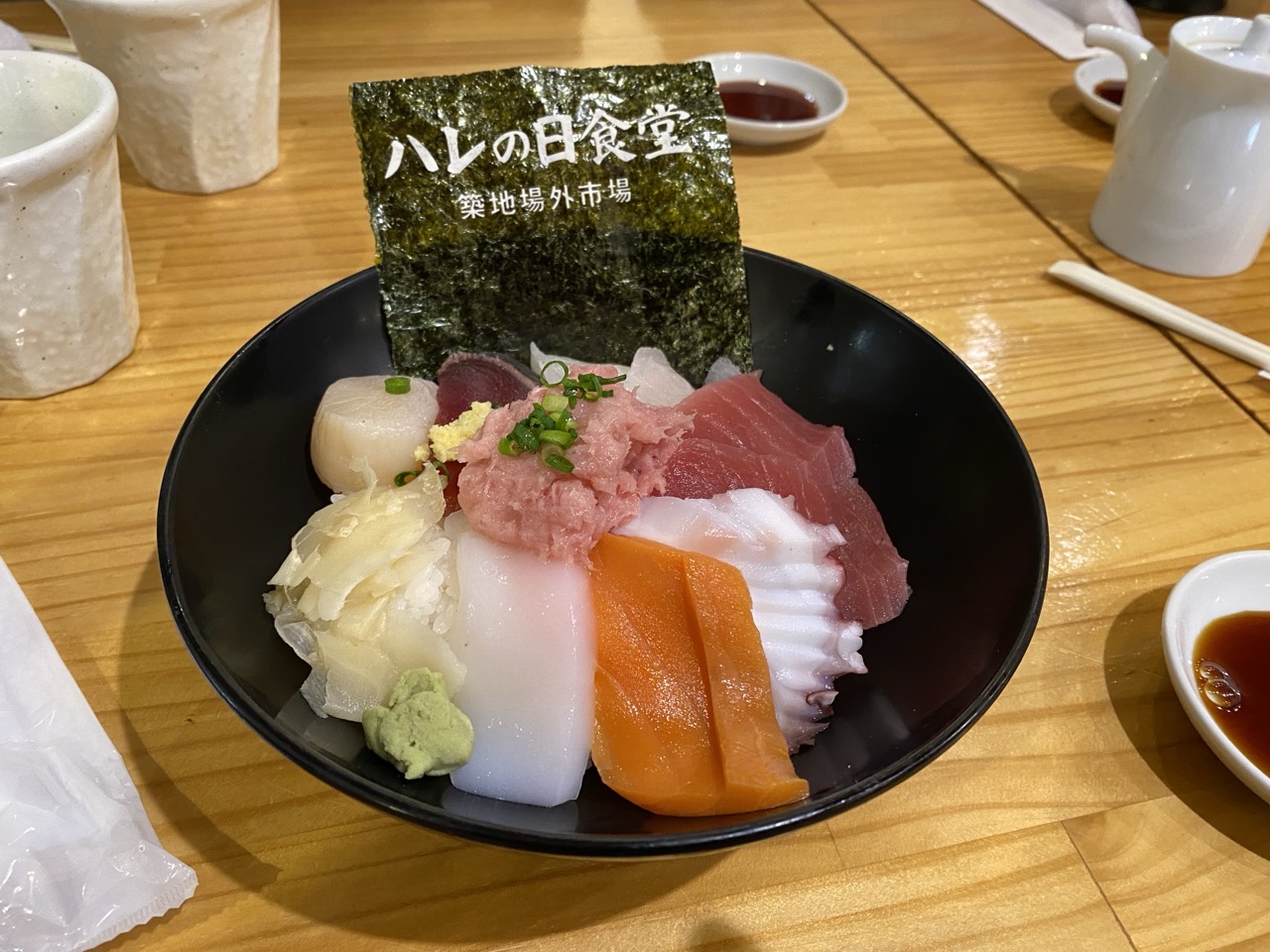
- A friend took us to an izakaya called Unosato, which was fantastic. Lots of small plates so you can try lots of things and really great sashimi.
- The best coffee I had in Japan was at an unassuming little cafe in Asakusa called MOCCA. It’s also rabbit themed, so Lucy was happy.
- We had soba at Ginza Kagari -
very different to soba I’ve had before as it was in quite a thick broth. Really
good.
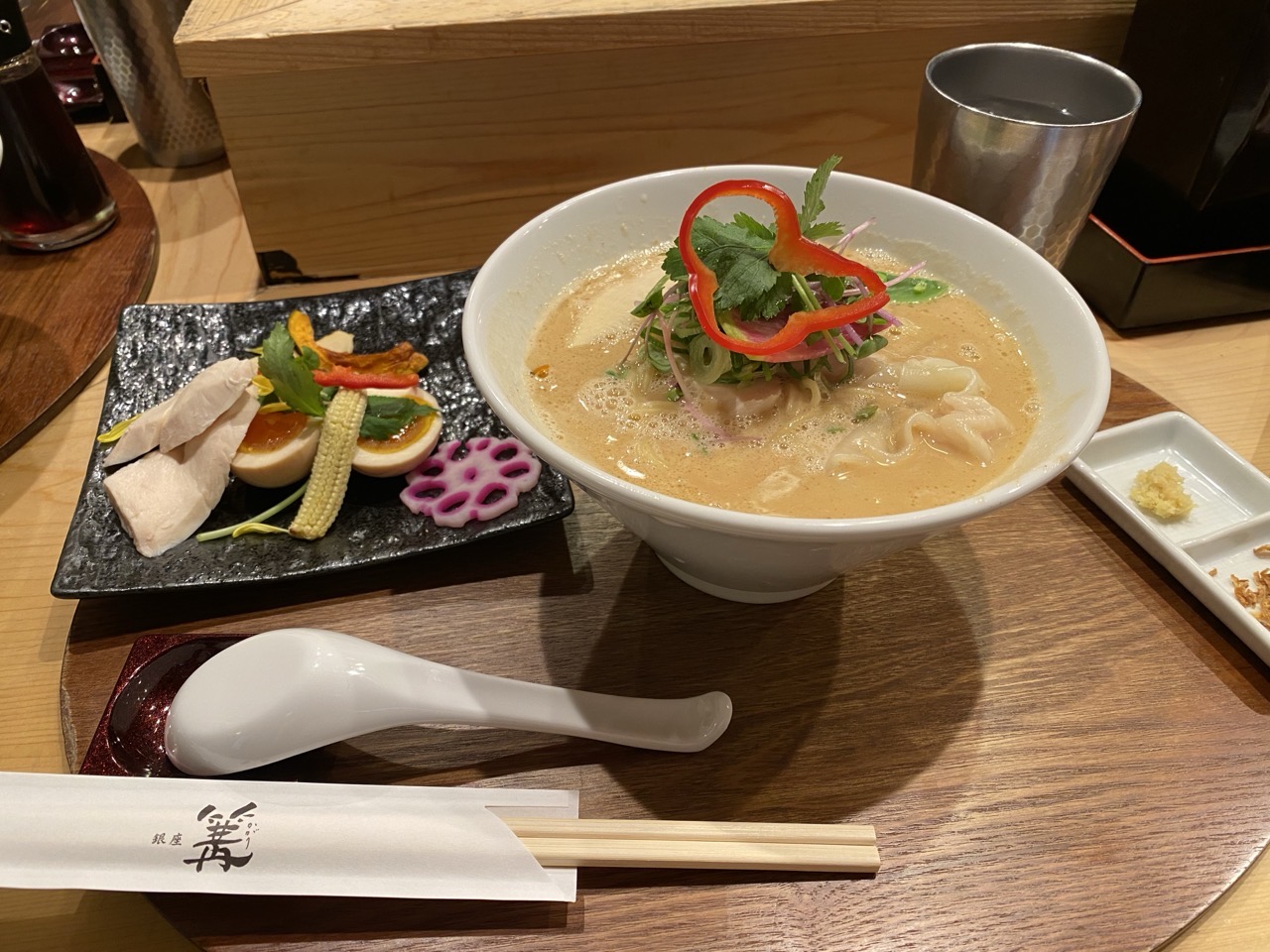
- As a treat at the end we had wagyu at a teppanyaki restaurant called Grow in Roppongi. Pricey, but really good.
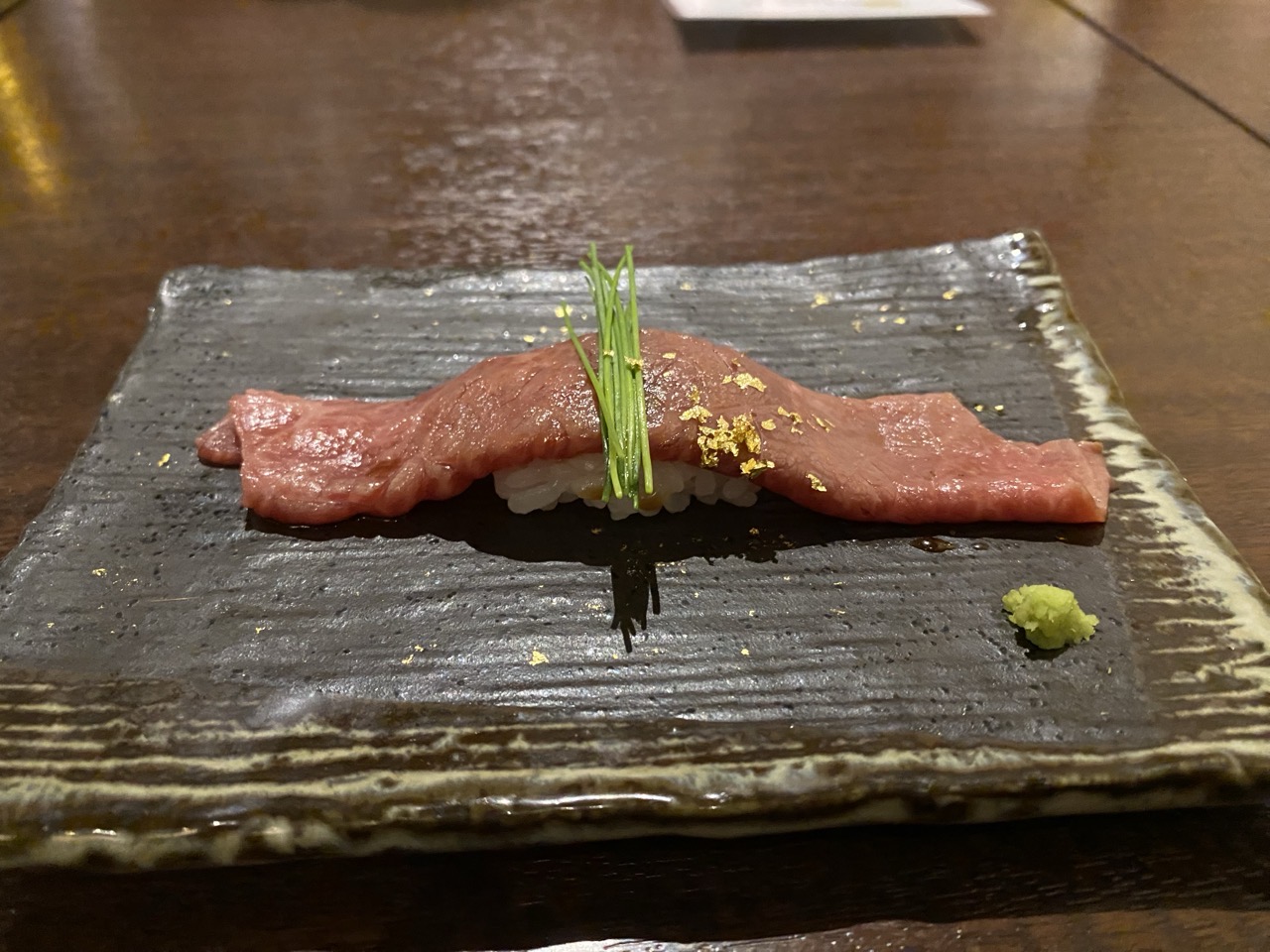
I’d say Tokyo Sky Tree is a must - the views are incredible, and there’s a Pokémon Center in the mall at the bottom.
We had a night out in Kabukicho at the Golden Gai, the area with all the tiny bars. Folks have since told me it’s expensive and touristy, but the bar we were at was full of locals I had a nice time chatting to, so I think it depends on which one you get. Be aware most of the bars have a cover charge of about 1000 yen.
Kamakura is a day trip out of Tokyo, and it’s lovely. See the Great Buddha, then go to the beach.
Asakusa is a lovely older part of town with temples and shrines.
That’s all I can extract from my brain right now - I’ll add to this list as I recall more!
I loved Japan. I can’t wait to go back. I think you’re going to love it too.

